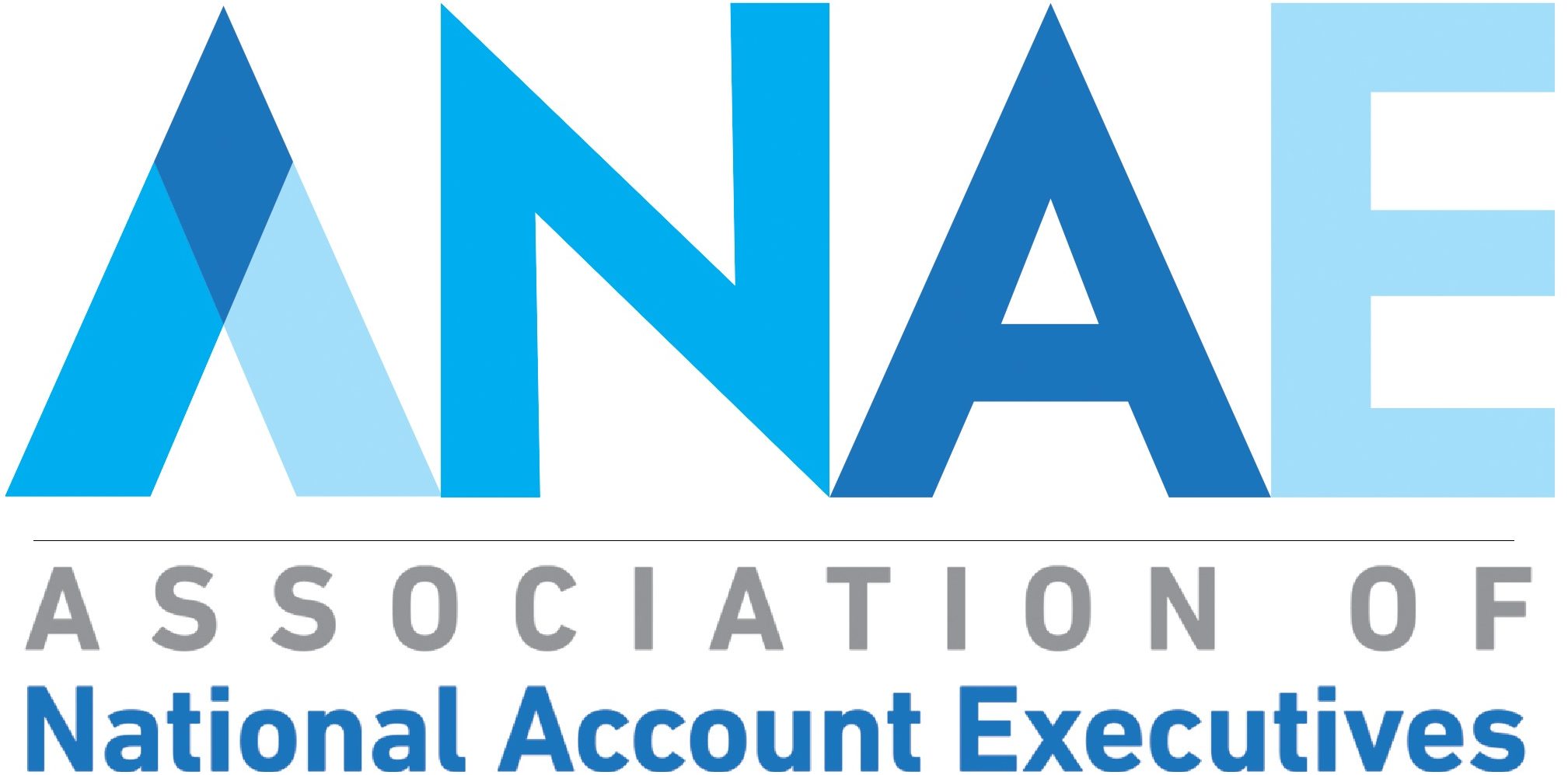
Pressure is at an all-time high for providers to find a way to deliver the highest quality care at the lowest possible price: Enter the shift toward integrated delivery networks (IDNs) and Accountable Care Organizations (ACOs). In an attempt to better coordinate care, the US healthcare system has identified consolidation as the ideal means to achieve significant value feats.
While cost/benefit analyses on IDNs are a mixed—and complicated—bag, from the life sciences organization (LSO) perspective, one thing is for certain: there’s a need to reframe the way provider commercial models are approached. For LSOs, high-level strategies must change today—actually, make that yesterday.
One of the biggest challenges LSOs face is determining the level of influence an IDN has over its service providers in terms of formulary decision making, and how strict the use of specific products and therapies are enforced. IDNs are not traditional providers, or friendly physicians across the table who will listen carefully about how a drug will help them deliver the best treatment possible. IDNs often are comprised of a complex web of decision makers, many of whom aren’t prioritizing friendships with pharma. Still, their interests are critical to understand, and only the right summation of data will provide the power to express LSO value measures in specific IDN markets.
- February 14, 2019 - February 22, 2019
- January 31, 2019 - February 13, 2019
- January 25, 2019 - January 25, 2019
